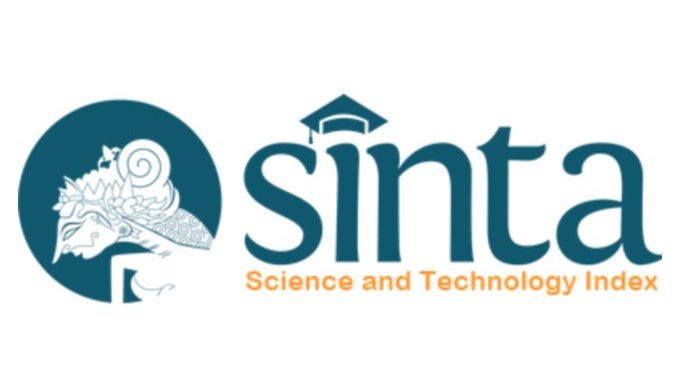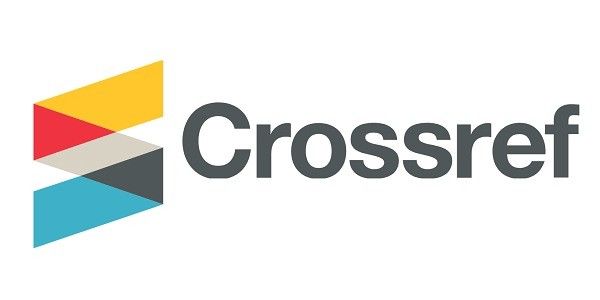Perbaikan Pendengaran Pasien Otitis Media Efusi yang Autoinflasi
Laporan Kasus Berbasis Bukti
DOI:
https://doi.org/10.55175/cdk.v51i6.1024Kata Kunci:
Autoinflasi, gangguan pendengaran, otitis media efusiAbstrak
Latar Belakang: Otitis media efusi (OME) adalah adanya cairan di telinga tengah tanpa tanda atau gejala infeksi telinga akut. OME merupakan salah satu penyebab gangguan pendengaran. OME kronik tanpa gejala dapat diobervasi 3 bulan karena dapat bersifat swasirna. Selama masa pengawasan tersebut autoinflasi merupakan intervensi yang bermanfaat, efek samping minimal, dan kepatuhannya tinggi. Tujuan: Mengetahui efektivitas autoinflasi untuk memperbaiki pendengaran pasien otitis media dengan gangguan pendengaran. Metode: Pencarian literatur melalui database PubMed, Cochrane, ScienceDirect, Scopus, dan EBSCOHost sesuai kriteria inklusi dan eksklusi. Artikel terpilih ditelaah kritis menggunakan rapid critical appraisal of systematic review dan level of evidence menggunakan Oxford Centre for Evidence-based Medicine 2011. Hasil: Satu artikel systematic review and meta-analysis of RCT memenuhi kriteria inklusi dan eksklusi. Berdasarkan artikel tersebut, didapatkan pooled estimate RR 1,74; 95% CI [1,22-2,50] dengan Z-score 3,02 (p=0,0025). Hasil ini memiliki heterogenitas substansial (I2=69%) signifikan (p=0,01). Simpulan: Pasien OME dengan gangguan pendengaran yang melakukan autoinflasi >1 bulan memiliki kemungkinan 1,74 kali lebih besar mencapai perbaikan gangguan pendengaran dibandingkan kontrol. Autoinflasi metode Politzer memberikan hasil perbaikan gangguan pendengaran signifikan. Penelitian RCT skala besar direkomendasikan agar dapat menilai efektivitas autoinflasi pada pasien otitis media efusi dengan gangguan pendengaran menggunakan metode Politzer atau metode lain.
Unduhan
Referensi
Kementerian Kesehatan RI. Disabilitas tuna rungu. InfoDATIN Pusat Data dan Informasi Kementerian Keseharan RI; 2019. p. 1–9.
Nieman CL, Oh ES. Hearing loss. Ann Intern Med. 2020;173(11):81–96.
Michels TC, Duffy MT, Rogers DJ. Hearing loss in adults: Differential diagnosis and treatment. Am Fam Physician 2019;100(2):98–108.
Lambert M. Practice guidelines: AAO-HNS releases updated guideline on management of otitis media with effusion. Otolaryngol Head Neck Surg. 2016;1(154):1–41.
Harmes KM, Blackwood RA, Burrows HL, Cooke JM, Van Harrison R, Passamani PP. Otitis media: Diagnosis and treatment. Am Fam Physician 2013;88(7):435–40.
Rosenfeld RM, Shin JJ, Schwartz SR, Coggins R, Gagnon L, Hackell JM, et al. Clinical practice guideline: Otitis media with effusion (update). Vol. 154, Otolaryngology - Head and Neck Surgery; 2016. p. 1–41.
Juszczak HM, Loftus PA. Role of allergy in eustachian tube dysfunction. Curr Allerg Asthma Rep. 2020;20(10):54. DOI: 10.1007/s11882-020-00951-3.
Roditi RE, Shin JJ. The Influence of age on the relationship between allergic rhinitis and otitis media. Curr Allerg Asthma Rep. 2018 Oct 20;18(12):68. DOI: 10.1007/s11882-018-0826-2.
Ciprandi G, Torretta S, Marseglia GL, Licari A, Chiappini E, Benazzo M, et al. Allergy and otitis media in clinical practice. Curr Allerg Asthma Rep. 2020;20(8):1–9.
Perera R, Glasziou PP, Heneghan CJ, Mclellan J, Williamson I. Autoinflation for hearing loss associated with otitis media with effusion. Cochrane Database Syst Rev. 2013 May 31:(5):CD006285.
Howick J, Chalmers I, Glasziou P, Greenhalgh T, Heneghan C, Liberati A, et al. Levels of evidence. Oxford Centre for Evidence-Based Medicine; 2011.
Arick DS, Silman S. Nonsurgical home treatment of middle ear effusion and associated hearing loss in children. Ear, Nose Throat J. 2005;84(10):567–78.
Blanshard JD, Maw AR, Bawden R. Conservative treatment of otitis media with effusion by autoinflation of the middle ear. Clin Otolaryngol Allied Sci. 1993;18(3):188–92.
Brooker DS, McNeice A. Autoinflation in the treatment of glue ear in children. Clin Otolaryngol Allied Sci. 1992;17(4):289–90.
De Nobili E, Bellomo A. Comparative evaluation of efficacy of crenotherapeutic politzer with sulphurous water versus crenotherapeutic politzer and autoinflation (otovent) in patients with tubaric dysfunction and secretory otitis media [Studio comparativo dell’efficacia del Polit. Med Clin eTermal. 2008;20(64):30.
Ercan İ, Çakir BÖ, Lu SKĞ, Turgut S. Long term effect of autoinflation in the treatment of otitis media with effusion. KBB-Forum 2005;4(4):166–70.
Fraser JG, Mehta M, Fraser PM. The medical treatment of secretory otitis media A clinical trial of three commonly used regimes. J Laryngol Otol. 1977;91(9):757–65.
Lesinskas E. Factors affecting the results of conservative treatment of secretory otitis media in children. Int Congr Ser. 2003;1254(C):407–9.
Stangerup SE, Sederberg-Olsen J, Balle V. Autoinflation treatment of secretory otitis media: A randomized controlled study. Arch Otolaryngol Head Neck Surg. 1992;118:149–52.
Unduhan
Diterbitkan
Cara Mengutip
Terbitan
Bagian
Lisensi
Hak Cipta (c) 2024 Ugiadam Farhan Firmansyah, Kemal Akbar Suryoadji, Jenny Bashirudin, Brastho Bramantyo, Widayat Alviandi

Artikel ini berlisensi Creative Commons Attribution-NonCommercial 4.0 International License.





















